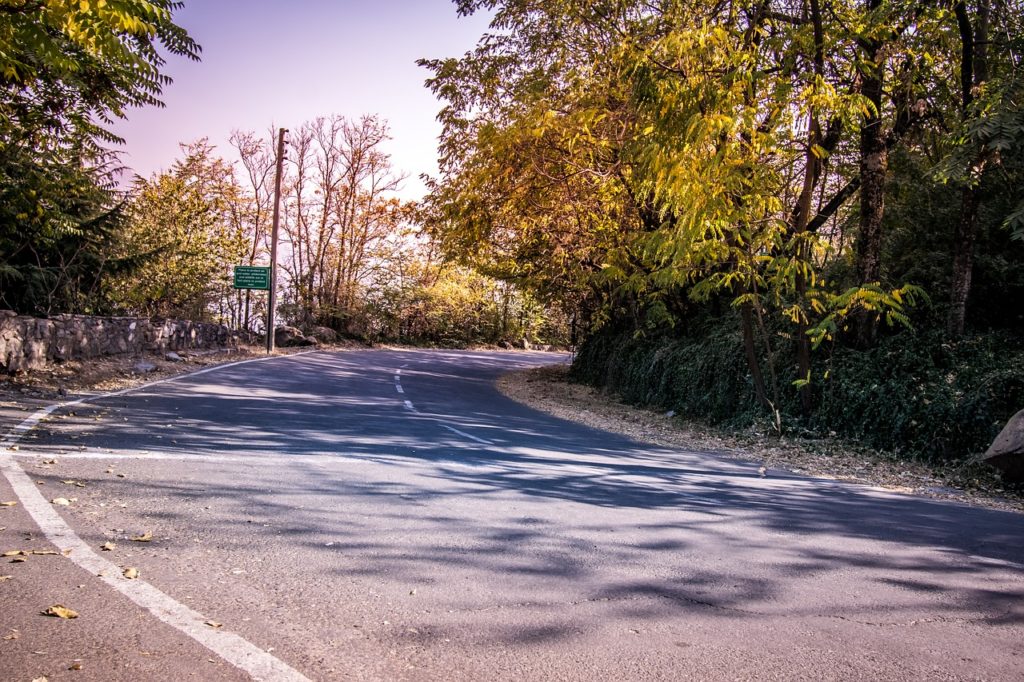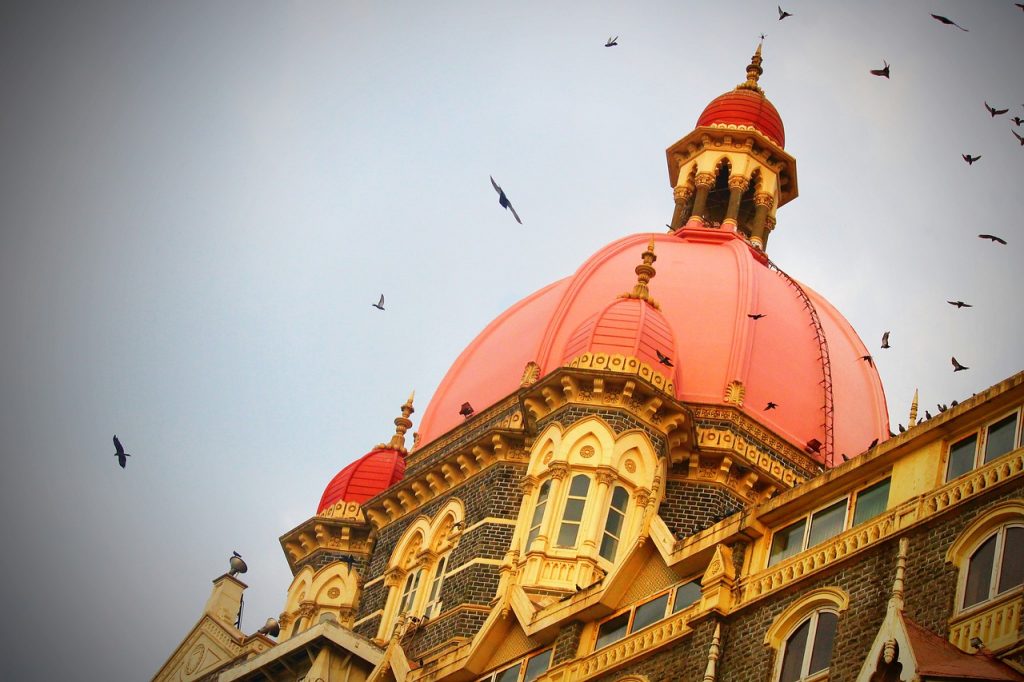Two and a half years might not be adequate to turn things around for a region like Kashmir, which has perpetually remained disturbed and hasn’t seen substantial progress for over seven decades. However, the good news is, the area is changing and progressing while continuing to live with its terror challenges and simultaneously trying to resolve them.
Much of Kashmir’s progress today can be attributed to the abrogation of Article 370 in August 2019. But how has Kashmir been faring regarding infrastructural growth after eliminating the region’s special status? That’s something everyone might feel intrigued to know. And, as Indians looking forward to the development of the UTs, reviewing what’s happening on the infrastructural front across the region is something that’ll delight everyone.
Terror Numbers Plummet
Now, this might not directly concern the region’s infrastructural development. However, it does so indirectly, and yet significantly. A steep decline in the terrorism statistics has proved encouraging enough for companies to invest money in the region and accelerate infrastructural growth in the area. So, although not directly, a substantial drop in terror figures will continue to catalyze materialistic development across the otherwise always disturbed J&K region.
In March 2021, the Central Government informed about the decline in J&K violence. The situation, as it reported, has turned much better in 2020 than in 2019. Furthermore, in April 2021, the Ministry of Home Affairs said there had been 60% fewer terror incidents after repudiating Article 370 and removing the special status of the erstwhile state of J&K.
Of course, the abrogation met with protests, especially from the region’s political leaders. Nevertheless, perhaps, that wouldn’t have come as a surprise to the central government, considering the decisive change it made to J&K.
Accelerated Construction of Roads
Given that roads are a significant indication of a region’s progress and become its identity, the central government has accelerated road development in J&K.
According to Lieutenant Governor Manoj Sinha, the region has witnessed a radical change in its progress under the Pradhan Mantri Gram Sadak Yojana (PMGSY). Roads are now being built at twice the speed. An event was held where the Union Minister of Road Transport and Highways Nitin Gadkari laid the foundation of 25 National Highway projects. The total cost of all the projects was valued at a whopping INR 11, 721 crores!
Singh also spoke about numbers during the event. From August 2019 until October 2021, 3,885 kilometers of roads were constructed under the PMGSY in the Jammu division alone.
Furthermore, 109 projects have been completed in the Jammu division at INR 455 crore. It includes 14 bridges. Additionally, nine bridges have been built under various other schemes. While these projects will help grow tourism in the region, they will also bolster industrial development across the valley.
Besides, the acceleration construction of the Qazigund-Banihal tunnel on the otherwise risky Jammu-Srinagar Highway marks another significant infrastructural achievement in the J&K region. The tunnel, which measures 8.5 kilometers, will cut down the traveling time between Jammu and Srinagar by around one and a half hours and the distance between these cities by approximately 16 kilometers. It was opened for traffic trials on August 4.
Apart from beefing up the region’s logistical and industrial infrastructure, the government is supporting sustained growth through education as well. Accordingly, the central government and the UT administration look forward to completing some flagship projects approved by the UPA government.
It includes the Indian Institute of Technology, the Indian Institute of Management, and the All India Institutes of Medical Sciences (AIIMS). AIIMS campuses at Vijaypur, Jammu, and Awantipora, Kashmir, will be established by 2023 and 2025, respectively.
Additionally, the construction of 6,000 transit accommodations for Kashmiri Pandit migrant employees working in J&K forms another crucial aspect of the recent infrastructural development.
Investments Proposals Gushing from the Corporate Sector
The corporate sector, which couldn’t foray into Kashmir a few years ago, didn’t waste time after the news of abrogation trickled in. After August 5, 2019, the J&K government received investment proposals worth INR 150 billion from around 40 companies across various sectors. It included IT, education, hospitality, tourism, skill development, defense, infrastructure, and renewable energy. These are solid indications of infrastructural growth, as Kashmir needs all of this!
Ladakh is No More Ignored!
The sparsely populated and, unfortunately royally ignored region of Ladakh got its due recognition after being converted into a Union Territory. Its people had sought UT status way back in 1949 to foster development. However, the demand could be met only on August 5, 2019. Despite being a much more extensively spread region, Ladakh always remained under J&K’s shadow while operating under special status. Nevertheless, the UT is now slated to evolve.
Roads and tunnels are now being built at a higher pace than ever. The remotest locations across the region have now been connected to telephones and the internet through solar energy-powered fiber optic cables.
Additionally, many other projects have started. One such includes the Alusteng-Drass-Kargil-Leh transmission system that got completed in February 2020. The project helped Ladakh link to the national grid, fostering an uninterrupted, quality, and reliable power supply across the region.
Other noteworthy changes include opening the 82-meter span motorable bridge over River Shayok at Rongdo in Nubra, inauguration of the first central university in Ladakh with a Centre on Buddhist Studies.
Railway Infrastructural Development
J&K’s terrain is one of the toughest in terms of development of railway infrastructure. However, the construction of the Udhampur-Srinagar-Baramulla line, which will connect Kashmir to the rest of the country, is another vital example of infrastructural growth in Kashmir. The project, which has witnessed closures on multiple instances due to natural challenges in the past, is expected to complete by August next year.
Electricity Plans
Developments are underway on the electricity front as well. Despite being rich in hydroelectric resources, Jammu and Kashmir have always faced power cuts during winter. Accordingly, the UT administration, with the help of the central government, plans to provide a 24-hour electricity supply. Sources say that completing hydroelectric projects will reduce the number of power cuts and help stimulate increased industrial activity.
The pandemic has undoubtedly had a negative impact on the development of these projects. However, if you look at the bigger picture, Kashmir will certainly have a lot to attract an even higher degree of global investments and opportunities for sustainable development. Let’s hope for the best and see how remunerative Kashmir proves as an investment avenue for all the investments it will receive in the time to come.
Sources –
https://www.sundayguardianlive.com/legally-speaking/jammu-kashmir-development-path



